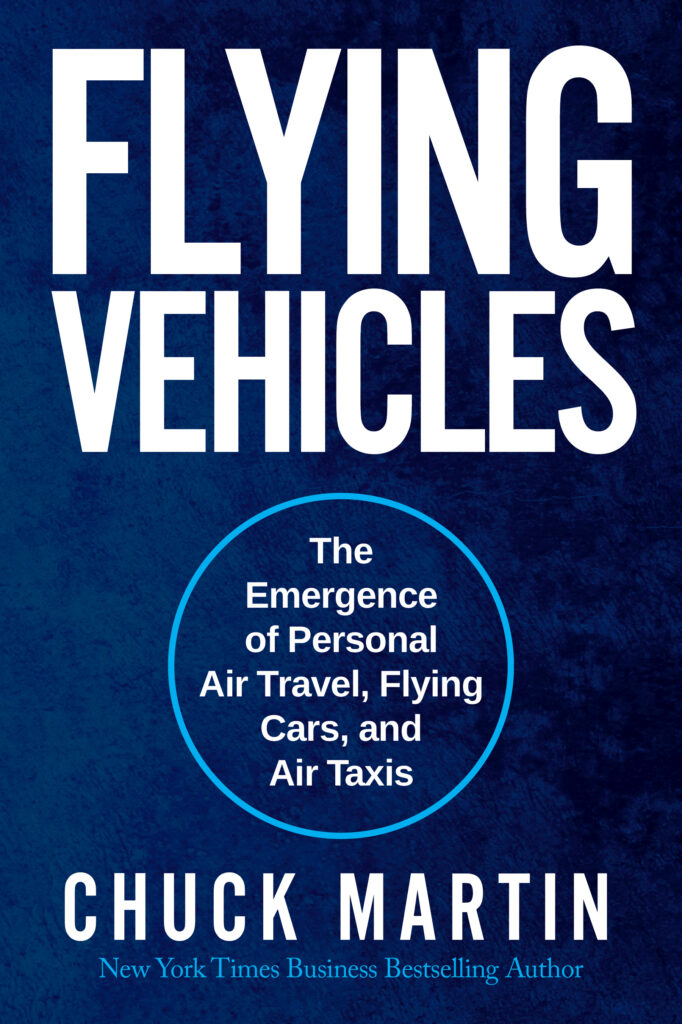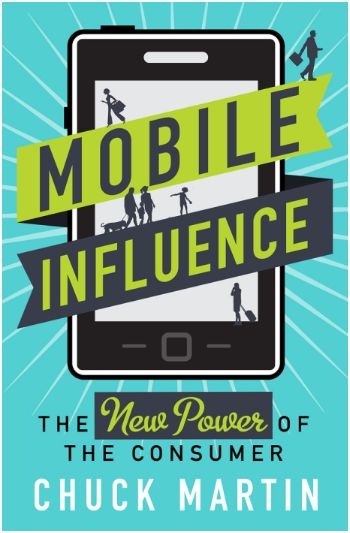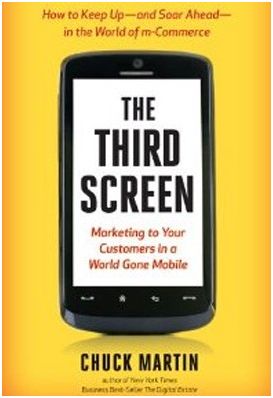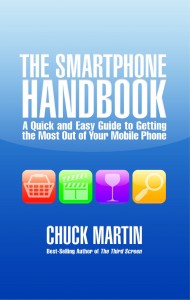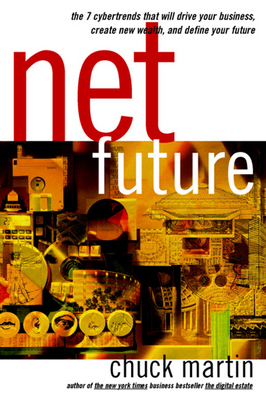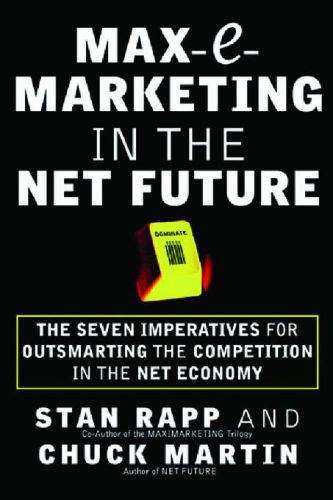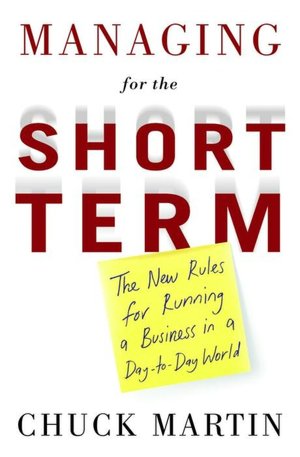Mobile self-service is advancing in the mass market.
With Walmart’s announcement this week that it is expanding its ‘Scan & Go’ program from 70 to 200 stores, mobile shoppers will be afforded the opportunity to do more themselves to check out of the store.
The concept of self-service is nothing new, especially for companies like Walmart. Before self-service technology, Walmart trained consumers to take their bags from the carousels at checkout and put them in their cart. Many other stores followed.
Over the years, more than 1,500 self-checkout lanes were installed at Walmart and then they sprouted up at airlines and grocery stores, as a logical follow-on to bank’s ATMs.
Mobile technology can move the self-service process to the next level, with consumers scanning barcodes on things they want to buy and paying at self-checkout terminals, much like grocery chain Stop & Shop has had for some time.
The question is how far shoppers will go into the arena of mobile self-service, even if it can be done.
Here’s a sample of consumer reaction in response to the Walmart announcement:
- “Weird strategy. Fire cashiers and hire more security.”
- “I think I’ll go to the register with the cashier and have them bag the stuff for me. Why bother doing their work for them as I fumble with my smartphone and drain its battery?”
- “I like dealing with a live person. I am so disappointed at the self-service machines.”
- “This has no redeeming benefit nor value to us, the customer. Give me 50%-75% off my total bill for doing the work of their clerks and maybe it has some value. Getting me out of the store one minute faster isn’t any value.”
The question of in-store, self-service mobile scanning and paying is not if it can be done, but rather how much will the consumer be comfortable doing.
Do you think there’s a limit to how far self-service mobile commerce can go?
Chuck Martin is editor of mCommerce Daily at MediaPost and writes the daily MobileShopTalk. He is author of “The Third Screen,” “The Smartphone Handbook,” and the soon-to-be-published “Mobile Influence.” He is CEO of Mobile Future Institute and a frequent mobile keynote speaker around the globe.


